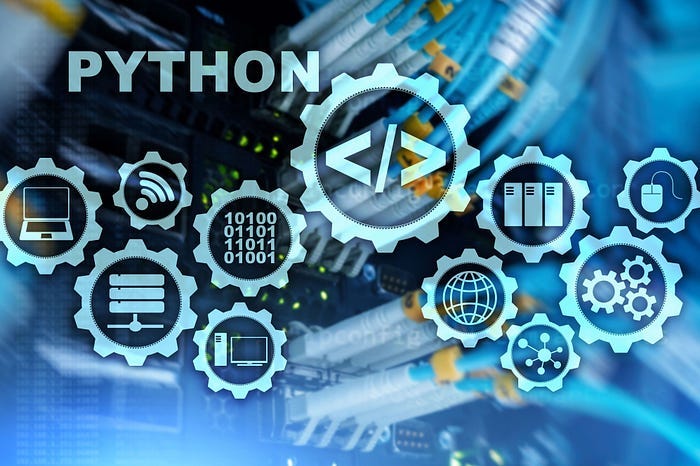Python Crash Course for Beginners | Python Type Conversion

Python is a versatile and dynamic programming language that is used for a wide variety of applications. One of the key features of Python is its ability to perform type conversion. Type conversion, also known as type casting, is the process of converting one data type to another data type. This feature is useful when working with different data types and allows the programmer to manipulate and work with data in different ways.
In this article, we will discuss the various types of type conversions in Python and provide examples of their implementation.
Python Type Conversion
Python supports several types of type conversions. The main types of type conversion in Python are:
- Implicit Type Conversion
- Explicit Type Conversion
Implicit Type Conversion
Implicit type conversion, also known as automatic type conversion, is the process of converting one data type to another data type automatically by the interpreter. Python performs implicit type conversion when the data types of operands in an expression are not the same.
For example, consider the following code:
a = 10
b = 3.14
c = a + b
print(c)
In this code, we are trying to add an integer value (a) and a float value (b). Python automatically converts the integer value a to a float value before performing the addition operation. This is an example of implicit type conversion.
Explicit Type Conversion
Explicit type conversion, also known as type casting, is the process of converting one data type to another data type manually by the programmer. Python provides several built-in functions for explicit type conversion.
The following are the built-in functions for explicit type conversion in Python:
- int()
- float()
- str()
- bool()
The int() Function
The int() function is used to convert a value to an integer data type. The syntax of the int() function is:
int(x, base=10)
The x parameter is the value that we want to convert to an integer data type. The base parameter is optional and specifies the base of the number that we want to convert.
Consider the following code:
a = 10.5
b = int(a)
print(b)
In this code, we are converting the float value a to an integer value using the int() function. The output of the code is 10.
The float() Function
The float() function is used to convert a value to a float data type. The syntax of the float() function is:
float(x)
The x parameter is the value that we want to convert to a float data type.
Consider the following code:
a = 10
b = float(a)
print(b)
In this code, we are converting the integer value a to a float value using the float() function. The output of the code is 10.0.
The str() Function
The str() function is used to convert a value to a string data type. The syntax of the str() function is:
str(x)
The x parameter is the value that we want to convert to a string data type.
Consider the following code:
a = 10
b = str(a)
print(b)
In this code, we are converting the integer value a to a string value using the str() function. The output of the code is '10'.
The bool() Function
The bool() function is used to convert a value to a Boolean data type. The syntax of the bool() function is:
bool(x)
The x parameter is the value that we want to convert to a Boolean data type.
Consider the following code:
a = 10
b = bool(a)
print(b)
In this code, we are converting the integer value a to a Boolean value using the bool() function. Since the value of a is not zero, the output of the code is True.
In summary, type conversion is an important feature in Python programming that allows the programmer to manipulate and work with data in different ways. Python supports both implicit and explicit type conversion. Implicit type conversion is done automatically by the interpreter, while explicit type conversion is done manually using built-in functions. The built-in functions for explicit type conversion in Python are int(), float(), str(), and bool(). By understanding and utilizing type conversion in Python, programmers can write more versatile and flexible code.
Latest end-to-end Learn by Coding Projects (Jupyter Notebooks) in Python and R:
All Notebooks in One Bundle: Data Science Recipes and Examples in Python & R.
End-to-End Python Machine Learning Recipes & Examples.
End-to-End R Machine Learning Recipes & Examples.
Applied Statistics with R for Beginners and Business Professionals
Data Science and Machine Learning Projects in Python: Tabular Data Analytics
Data Science and Machine Learning Projects in R: Tabular Data Analytics
Python Machine Learning & Data Science Recipes: Learn by Coding
R Machine Learning & Data Science Recipes: Learn by Coding
Comparing Different Machine Learning Algorithms in Python for Classification (FREE)
There are 2000+ End-to-End Python & R Notebooks are available to build Professional Portfolio as a Data Scientist and/or Machine Learning Specialist. All Notebooks are only $29.95. We would like to request you to have a look at the website for FREE the end-to-end notebooks, and then decide whether you would like to purchase or not.